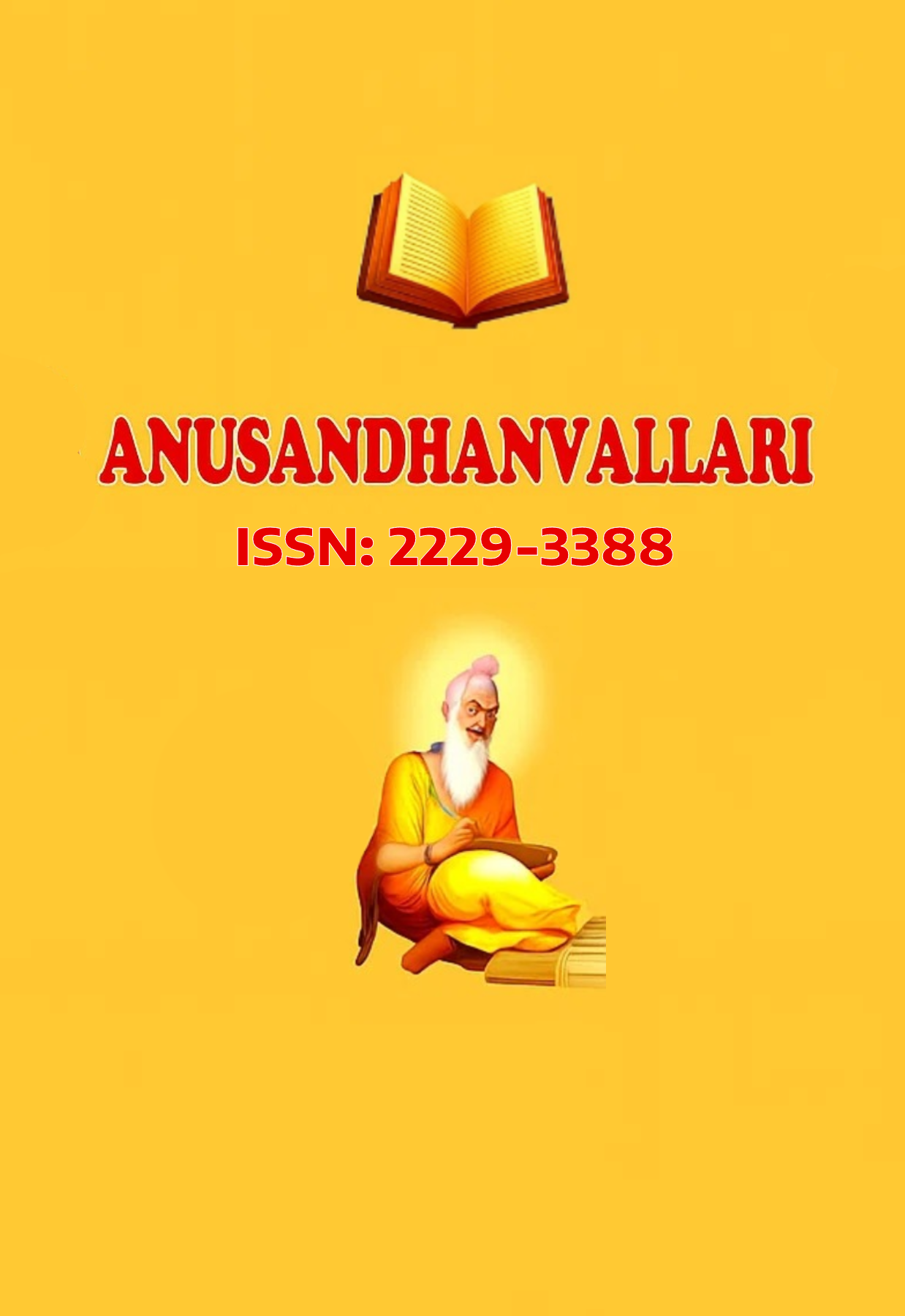Unmapping the Sacred: Dalit Resistance and Caste Violence in Sharankumar Limbale’s Hindu
Main Article Content
Abstract
Sharankumar Limbale’s novel Hindu (1994) stands as a seminal work in contemporary Dalit literature, offering a powerful critique of caste-based violence and systemic oppression in Indian society. This paper examines the various forms of Dalit resistance depicted in the novel, analyzing how Limbale’s narrative challenges hegemonic Hindu ideology while exposing the brutal realities of caste discrimination. This study argues that Hindu presents resistance not merely as reactive protest but as a multifaceted struggle encompassing educational advancement, political mobilization, religious transformation, and cultural assertion. The novel’s portrayal of the murder of Dalit activist Tatya Kamble serves as a focal point for examining how caste violence perpetuates systemic inequality while simultaneously catalyzing forms of collective resistance. By centering Dalit voices and experiences, Limbale’s work contributes to what he terms “Dalit aesthetics”—a literary framework that prioritizes authenticity, lived experience, and social transformation over traditional literary conventions. This analysis demonstrates how Hindu functions as both literary artifact and political document, challenging readers to confront the enduring realities of caste oppression while envisioning possibilities for social justice and human dignity.

